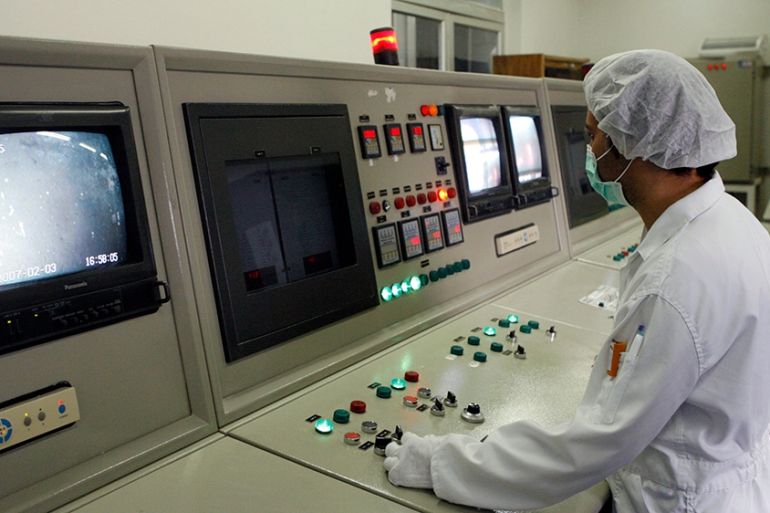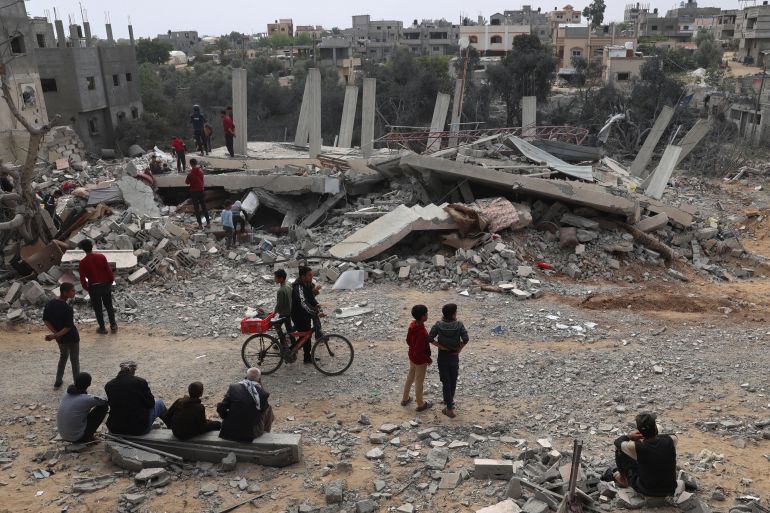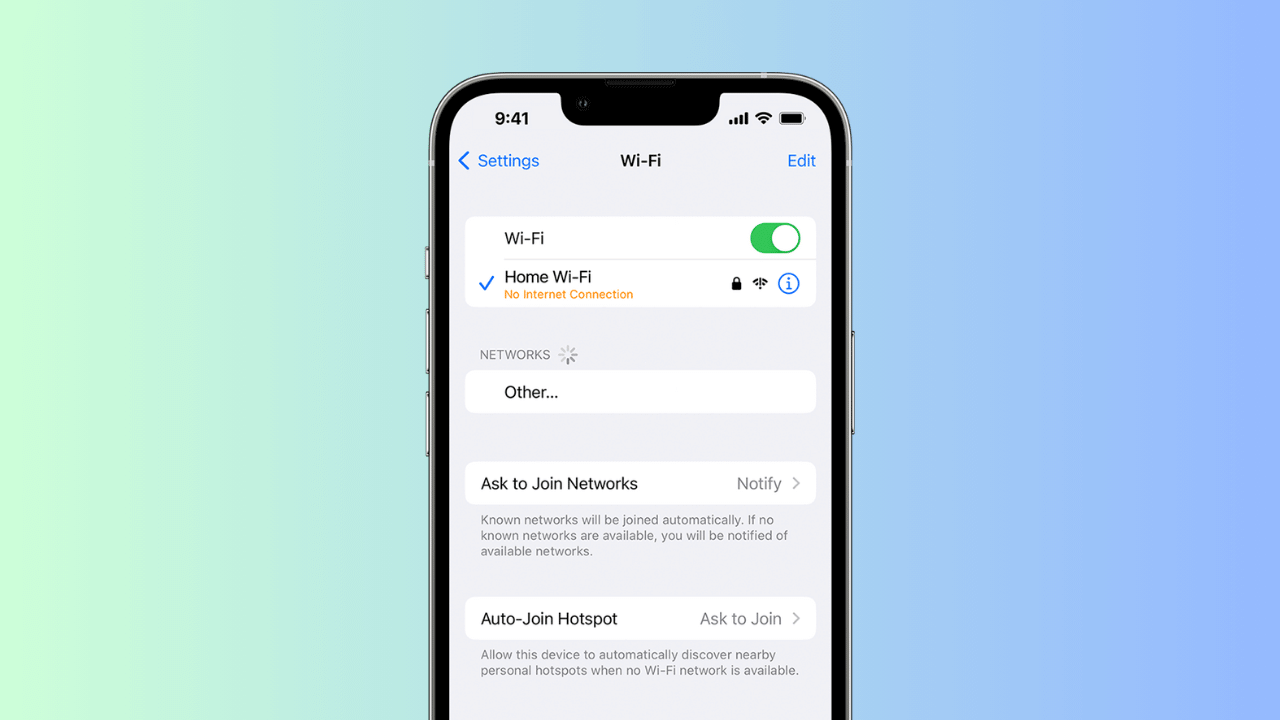If you have stage 2 breast cancer, it means that the cancer hasn’t spread beyond the breast tissue or nearby lymph nodes.
Cancer isn’t a single disease. It’s a group of diseases, and breast cancer is no different. Because there are different types, not all stage 2 breast cancers are treated the same way.
In this article, we’ll explore how breast cancer is staged and treated, as well as the general outlook.
What is stage 2 breast cancer?
When it’s first confirmed that you have breast cancer, your doctor will assign a clinical stage to your cancer diagnosis. This is called clinical staging and it’s based on:
- a physical exam
- imaging tests
- biopsy results
If surgery is done to examine the breast tissue, laboratory test results on the tissue and lymph nodes will be able to provide more information. Based on these results, your doctor will be able to determine the pathologic stage, or surgical stage, of the cancer. This is more accurate than the clinical stage.
Breast cancer staging involves the TNM system, which provides specific details about:
- T: the size of the tumor
- N: lymph node involvement
- M: whether the cancer has spread (metastasized)
The size of primary tumor (T)
T followed by a number is an indication of the size of the primary tumor. A higher number means a larger tumor.
- TX: the tumor can’t be measured
- T0: primary tumor can’t be located
- T1, T2, T3, T4: size of the tumor from smallest to largest

Lymph node involvement (N)
N followed by a number tells you whether the cancer has spread to lymph nodes. If so, the number indicates how many lymph nodes the cancer cells have spread to.
- NX: cancer cells in nearby nodes can’t be measured
- N0: cancer has not spread to nearby nodes
- N1, N2, N3: number of nodes that contain cancer

Metastasis (M)
This is an indication of whether the cancer cells have spread to other organs in the body.
- M0: there’s no sign that cancer has spread to other parts of the body (stage 2 breast cancer is always M0)
- MX: spread can’t be measured
- M1: cancer has spread to other parts of the body, like the lungs, liver, or bones

These factors are combined to determine the cancer stage. Breast cancer is staged from 1 to 4.
Stage 2 breast cancer has two subcategories.
Stage 2A
Breast cancer is stage 2A if one of these is true:
- There’s no tumor in the breast, but breast cancer cells are found in nearby lymph nodes.
- The primary tumor is 2 centimeters (cm) or smaller and cancer cells are found in fewer than 4 of the axillary lymph nodes.
- The breast tumor is between 2 and 5 cm, but there’s no lymph node involvement.

Stage 2B
Breast cancer is stage 2B if one of these is true:
- The breast tumor is between 2 and 5 cm and the cancer has reached 4 or fewer lymph nodes.
- The tumor is over 5 cm but there’s no lymph node involvement.

Additional considerations
Breast cancer staging is complicated. There are a few other factors that can affect the overall staging diagnosis, including a tumor grading system and the presence of certain receptors in breast cancer cells.
A tumor grading system provides an indication of how fast cancer cells are likely to grow and spread. At higher grades, the cancer is considered more aggressive.
Tumor grading
- G1: well differentiated, or low grade
- G2: moderately differentiated, or intermediate grade
- G3: poorly differentiated, or high grade

In addition, the tumor will be tested for receptors that can affect your treatment options and provide a better idea of what to expect.
Receptor status
- estrogen receptor (ER) status: ER+ or ER-
- progesterone receptor (PR) status: PR+ or PR-
- HER2 status (a growth-promoting protein found on the outside of breast cells): HER2+ or HER2-
ER and PR status are sometimes referred to as hormone receptor (HR) status.

These factors can also be used in staging because these cancers behave differently. For example:
- HR+/HER2- breast cancer is generally slow-growing and less aggressive than other types.
- HR-/HER2-, also known as triple-negative, tends to be more aggressive.
- HR+ or -/HER2+ is another type that can be aggressive.
What type of treatment can you expect?
The tumor’s HR and HER2 status will determine some of your treatment options. Your doctor will also consider:
- any other health conditions you may have
- your age
- your menopausal status
Typically, treatment involves a combination of therapies. Here’s a look at some of the most common types of treatment for stage 2 breast cancer.
Surgery
Depending on the size and location of the tumor, surgical options may include:
- breast-conserving surgery (lumpectomy)
- modified radical mastectomy with or without reconstruction
During both of these procedures, the surgeon will also perform a sentinel lymph node biopsy to see if the cancer has spread.
Radiation therapy
Radiation therapy typically follows surgery, especially if you have a lumpectomy.
If you have a mastectomy, certain factors will help determine whether you need radiation treatment. These factors include:
- the size of the tumor
- the number of lymph nodes to which the cancer has spread
Radiation is used to lower the chances of recurrence. Radiation therapy works by damaging the DNA of cancer cells. This helps to destroy them.
Radiation therapy is typically a localized type of treatment. This means it’s only targeted at the specific area that is radiated. It doesn’t target your whole body like chemotherapy or some types of medication.
There are various forms of radiation. Some regimens are 5 days, some are 3 to 4 weeks, and some are 5 to 6 weeks long.
The most common side effects include fatigue, as well as redness, skin peeling, and swelling around the area that’s being treated.
Chemotherapy
Chemotherapy can be used to shrink tumors before surgery or to lower the chance of recurrence after surgery.
There are fewer treatment options for triple-negative breast cancer since it doesn’t have HR or HER2 receptors. But it tends to respond well to chemotherapy.
For breast cancer, chemotherapy drugs are usually given through a vein intravenously (IV). This may be as an injection that lasts several minutes, or as an infusion that lasts for hours or longer.
Chemotherapy for breast cancer is typically given in cycles of about 1 or 2 to 3 weeks. You’ll be given chemotherapy through an IV on one day of the week, or for a few days in a row. You’ll then be given time to recover from the drugs before starting your next cycle.
One of the disadvantages of chemotherapy is that these drugs can’t tell cancerous cells from healthy cells. As a result, some healthy cells can get temporarily damaged in addition to cancerous ones. This can result in side effects such as:
- nausea
- hair loss
- fatigue
- mouth sores
- loss of appetite
- diarrhea or constipation
Some types of chemotherapy may also cause early menopause.
Targeted therapy
Targeted or biologic therapies involve the use of drugs that can tell the difference between cancer cells and normal cells a little better than chemotherapy. These drugs have the ability to affect cancer cells, sometimes with less harm to other cells.
Targeted therapies are a newer treatment approach and new drugs are being developed as scientists learn more about how cancer cells grow and multiply, and what differentiates them from normal cells.
For stage 2 breast cancer, targeted hormone therapy can be effective for estrogen receptor-positive (ER+) or progesterone receptor-positive (PR+) cancers. Therapies may include:
- tamoxifen
- anastrozole
- exemestane
- letrozole
Side effects of hormone therapy can include hot flashes and vaginal dryness.
Other types of targeted therapy have the ability to detect certain proteins or enzymes associated with cancer cells. For instance, with HER2-positive breast cancer, targeted therapy can disrupt the high levels of growth-promoting protein on the surface of the cancer cells.
Some therapies for stage 2 HER2-positive breast cancer include:
- trastuzumab
- pertuzumab
- ado-trastuzumab emtansine
- neratinib
Clinical trials
You may be able to take advantage of innovative targeted therapies or chemotherapy drugs through participation in a clinical trial. Ask your doctor if there’s a trial that’s a good fit for you.
Side effects and complications
All treatments have some side effects that range from mild to severe. Most clear up when treatment ends, but there can be some lasting complications.
It’s important to tell your oncologist about all symptoms, even if they seem minor. Your healthcare team will work with you to ease side effects and deal with complications.
What happens after treatment?
Follow-up care
Once primary treatment ends, hormone therapy can continue anywhere from 5 to 15 years. And breast reconstruction may be a multi-step process that takes many months.
Your first post-treatment visit will probably be within a few months. Your doctor will want to see how you’re doing and if you need help with the side effects of treatment. Eventually, you’ll transition to visits every 6 months, then yearly visits. Yearly checkups will include breast imaging.
Your doctor will work out a schedule based on the level of care you need.
Emotional care
Coming to the end of your treatment can be a challenging transition. Emotions can range from relief and exhilaration to anxiety and sadness. Fear of recurrence is common. These emotions and fears are all perfectly normal.
When your focus has been on treatment, side effects, and scheduling appointments, it can take a little time to get used to life on the other side of those details.
Also, loved ones may be so happy for you that they don’t realize you’re still dealing with the physical and emotional effects of your cancer treatment. You don’t have to live up to anyone’s expectations but your own. When or if you get back to your old routine depends on circumstances unique to you.
It’s important to follow your own timetable and to do things at a pace that works for you.
What’s the survival rate?
Overall, the prognosis for stage 2 breast cancer is generally good. According to the American Cancer Society, the 5-year relative survival rate is:
- 99 percent for localized breast cancer (has not spread outside the breast)
- 86 percent for regional breast cancer (spread to nearby lymph nodes)
These figures represent those who received diagnoses between 2010 and 2016, before some new targeted therapies were available. In addition, these percentages vary somewhat based on ER/PR and HER2 status.
Certain types of breast cancer have a better prognosis than others.
This may be because some, such as HR+/HER2-, are more responsive to hormonal therapy, and HER2-positive breast cancers are responsive to anti-HER2 targeted therapy. Some, like triple-negative breast cancers, have fewer treatment options and a higher recurrence rate in the first few years.
Your oncologist can review your complete medical profile to give you a better idea of what to expect.
Breast cancer support and resources
There are many resources and support groups for breast cancer survivors. There’s no obligation to stick with a group. You can try it out and move on whenever you’re ready. You might be surprised to learn that you have a lot to offer others as well.
The American Cancer Society has a variety of support services and programs. You can call the 24/7 helpline at 800-227-2345, visit the website, or download the Life After Treatment Guide.
If you like having information at your fingertips, download the free Breast Cancer Healthline app. The app lets you connect with others who have a similar diagnosis and understand what you’re going through.
Other support options
- Check out the Community Discussion Boards at Breastcancer.org.
- Get in-person, online, or phone, support at Living Beyond Breast Cancer.
- Connect with young breast cancer survivors through the Young Survival Coalition.
- Browse titles of more than 400 episodes of Breast Cancer Update, a podcast featuring oncologist Dr. Neil Love.
- Peruse relevant topics from the Breastcancer.org podcast.
- Get important health information and listen to personal stories on the CDC’s
breast cancer podcasts .

Supporting someone with breast cancer
If you’re reading this because there’s a breast cancer survivor in your life, you’re already being supportive.
Maybe you don’t know what to say or fear saying the wrong thing. Say something anyway. Don’t let breast cancer go unmentioned. The best thing you can do now is to be there and let them lead the way.
People with breast cancer may feel obligated to act with confidence and have a positive attitude. That may mask what’s really going on. Let them know they can be real with you, then listen without judgment.
Offer to help in a concrete way. Can you prepare a meal? Do some chores? Share a movie night? Let them know what you’re willing to do. But take them at their word. If they don’t want help, don’t push it. Just making the offer lets them know you care.
The end of treatment is not the end of the experience. There are many adjustments ahead. Some things may never return to the way they were, but change isn’t always a bad thing.
The bottom line
In stage 2 breast cancer, cancer cells have not spread beyond the breast or nearby lymph nodes. Knowing the HR and HER2 status of your stage 2 breast cancer can help your oncologist determine which treatments are most likely to be effective.
Stage 2 breast cancer is very treatable and the overall outlook is good. As with most types of cancer, the earlier your cancer is diagnosed and treated, the better the outcome.













